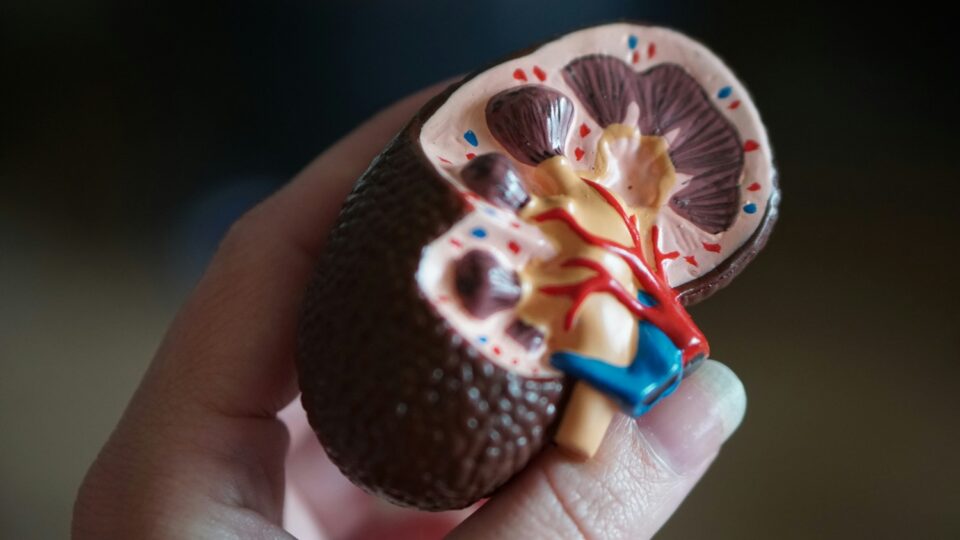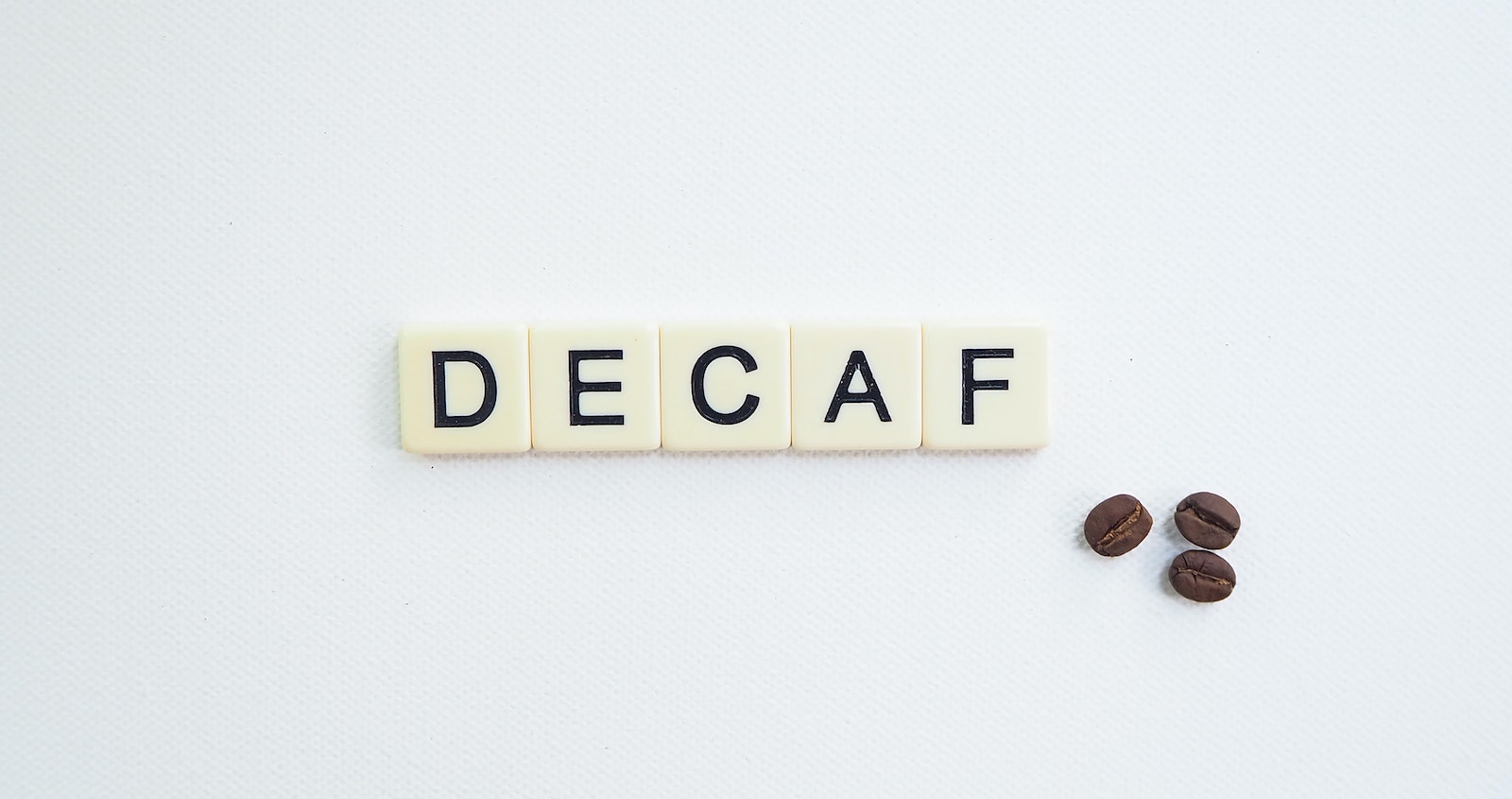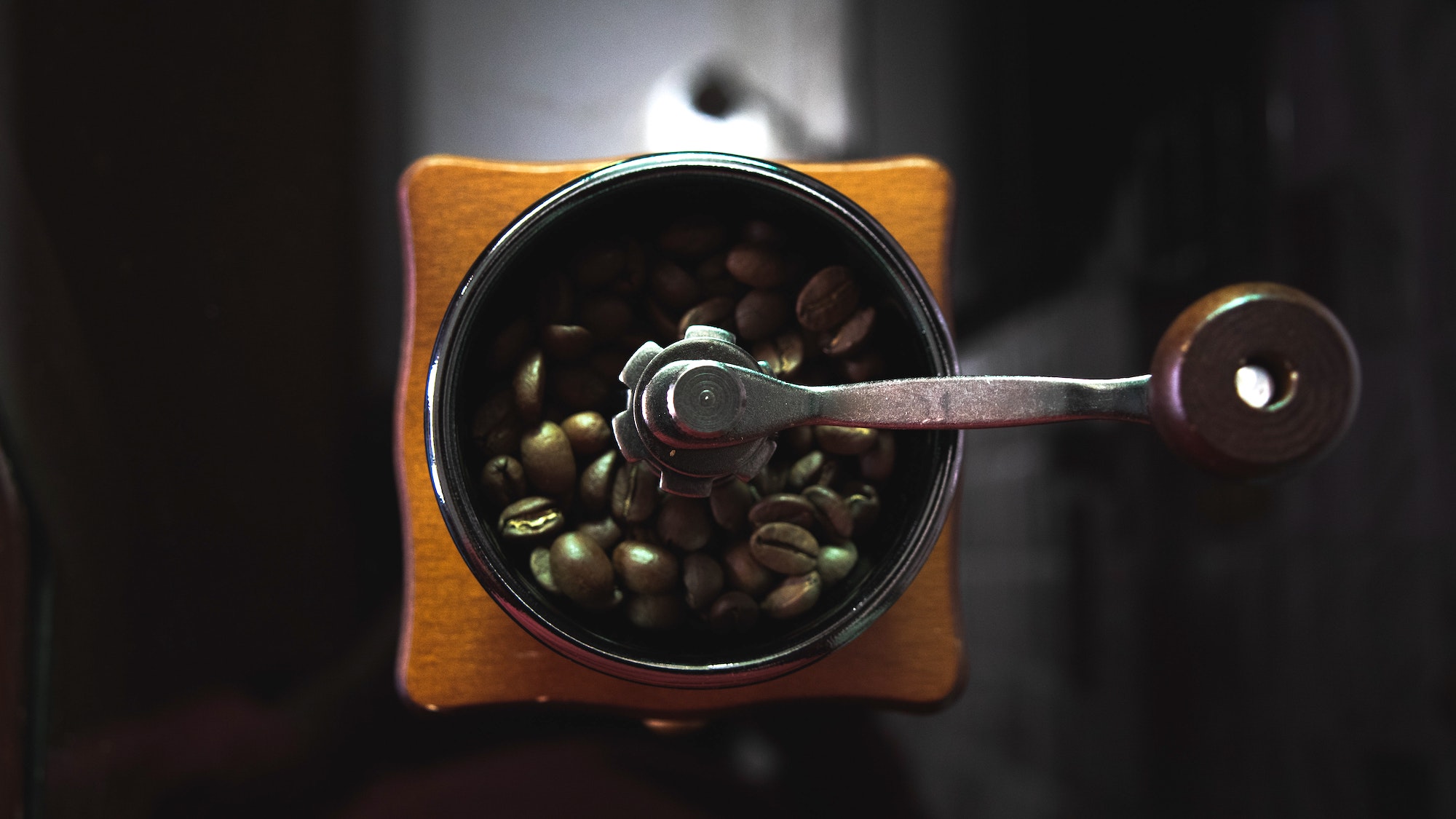Introduction
For many avid coffee drinkers, the thought of going without their beloved caffeine fix can be daunting. Caffeine withdrawal symptoms such as headaches, fatigue, and irritability are all too familiar to those who rely on their daily dose of java. However, a recent study published in the Journal of Psychopharmacology suggests that relief from caffeine withdrawal may come from an unexpected source: decaffeinated coffee. This study sheds light on the surprising effects of decaf coffee on alleviating withdrawal symptoms, even when participants are fully aware that they are consuming a caffeine-free beverage.
The Study
Led by Llewellyn Mills from the University of Sydney, researchers recruited 61 heavy coffee drinkers for their study. Participants, defined as consuming at least three cups of coffee per day, were subjected to a 24-hour caffeine abstinence period before being brought into the lab. They were then asked to rate their current experience of caffeine withdrawal symptoms before consuming various beverages, including coffee, decaf coffee, and water.
Participants were divided into two groups, with both groups consuming decaf coffee. However, one group was falsely informed that they were drinking caffeinated coffee, while the other group was aware that they were drinking decaf. A third group consumed water as a control. After 45 minutes, participants were again asked to rate their withdrawal symptoms.
Surprising Results
As expected, participants in the water group experienced consistent levels of withdrawal symptoms before and after consumption. Those who believed they were drinking caffeinated coffee reported a significant reduction in withdrawal symptoms at the second assessment, demonstrating the placebo effect. Interestingly, even participants who knew they were drinking decaf coffee experienced a notable decrease in withdrawal symptoms.
Potential Explanations
The study suggests that conditioning plays a significant role in the observed effects of decaf coffee on caffeine withdrawal. Over time, the sensory cues associated with drinking coffee, such as the aroma and warmth of the cup, become linked with the physiological effects of caffeine ingestion. As a result, these sensory cues alone may trigger a reduction in withdrawal symptoms, even in the absence of caffeine.
Implications
While the study focused specifically on caffeine withdrawal, its findings have broader implications for addiction treatment. The use of open-label placebos, where patients are aware they are receiving inert medication, may hold promise in alleviating withdrawal symptoms during addiction recovery. By integrating conditioning procedures into clinical interventions, healthcare professionals may offer novel approaches to improving treatment outcomes.
What we think
The study highlights the unexpected benefits of decaf coffee in reducing caffeine withdrawal symptoms. Whether through conditioned responses or placebo effects, decaf coffee appears to offer relief from withdrawal, even when individuals are aware of its caffeine-free nature. While further research is needed to explore its efficacy in other forms of addiction, these findings open new avenues for enhancing addiction treatment interventions.
This study underscores the potential of leveraging conditioning mechanisms to address withdrawal symptoms and improve treatment outcomes, providing hope for individuals striving to overcome addiction.





